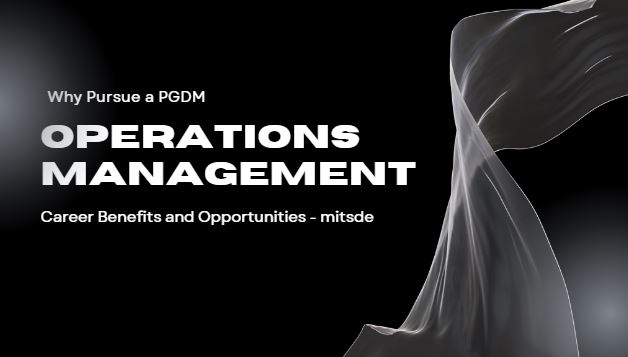
Remember the days when advertising meant blasting your message to everyone, hoping it stuck with someone? Thankfully, those days are fading.
Today, influencer marketing reigns supreme, with brands partnering with trusted individuals who resonate with their target audience. According to an Influencer Marketing Hub survey, over 90% of respondents claim influencer marketing to be an impactful marketing tool.
But with so many influencers out there, the big question arises: Micro vs. Mega? Which type should you choose for your brand?
The answer is; it depends. It’s not a one-size-fits-all situation. Deciding between micro-influencers, with their smaller but highly engaged communities, and mega-influencers, boasting massive followings, depends on several factors.
Let’s dive into the pros and cons of each influencer partner, helping you choose the perfect match for your brand goals.
Imagine a passionate foodie raving about your new restaurant to their devoted group of culinary enthusiasts. That’s the magic of micro-influencers.
They boast smaller, highly engaged communities who trust their recommendations. They often have niche expertise, attracting a specific audience perfectly aligned with your brand.
Pros:
-
- Authenticity & Trust: Micro-influencers are often seen as more genuine and relatable, leading to higher trust among their followers.
-
- Niche Expertise: They cater to specific audiences, offering targeted reach to your ideal customers.
-
- Cost-Effective: Collaboration fees are typically more affordable compared to mega-influencers.
-
- Higher Engagement: Their communities are known for active interaction, leading to better campaign performance.
Cons:
-
- Limited Reach: Smaller follower base translates to fewer overall impressions.
-
- Less Brand Recognition: They may not have the same celebrity status as mega-influencers.
-
- Management Complexity: Partnering with multiple micro-influencers can require more coordination.
Now picture a celebrity with millions of followers, their single post reaching a colossal audience. That’s the potential of mega-influencers.
They offer massive reach and brand awareness, instantly putting your product in front of a huge audience.
Pros:
-
- Massive Reach: Millions of followers translate to exponential brand exposure.
-
- Celebrity Status: Their fame and recognition can boost your brand image and credibility.
-
- Broader Audience: They appeal to a wider demographic, potentially attracting new customers.
-
- Simplified Management: One collaboration can cover a large audience, reducing management complexity.
Cons:
-
- High Cost: Collaborations with mega-influencers come with a hefty price tag.
-
- Lower Engagement: Large followings often mean lower engagement rates per follower.
-
- Less Targeted Reach: Their audience may not be as specifically aligned with your brand as micro-influencers’.
-
- Authenticity Concerns: Some perceive endorsements by mega-influencers as less genuine, leading to skepticism.
Finding the Perfect Fit: It’s All About Strategy
So, who wins the battle? Once again, it depends. It all boils down to your specific campaign goals and target audience.
If you’re a new brand seeking brand awareness and want to reach a broad audience, a mega-influencer might be the way to go. But if you have a niche product targeting a specific community and prioritize conversions, micro-influencers could be your golden goose.
The Secret Weapon: MIT SDE’s PGDM Marketing Course
Navigating the influencer landscape effectively requires strategic thinking, data analysis, and an in-depth understanding of your target audience. This is where a post graduate diploma in Marketing comes in.
MIT-SDE offers top PG marketing courses, designed to equip you with the skills to:
-
- Identify your ideal influencer partner: Analyze your target audience, campaign goals, and budget to make informed decisions.
-
- Craft compelling partnership proposals: Understand the needs and expectations of influencers to build mutually beneficial collaborations.
-
- Measure and track results: Analyze the impact of your influencer campaigns and optimize them for better results.
By investing in online PGDM marketing programs from reputed institutions like MITSDE, you’ll gain the knowledge and skills to navigate the evolving world of influencer marketing. With the right strategies, you can leverage this strategy to maximize your reach, build deeper connections with your audience, and ultimately, achieve your marketing goals. So, whether you choose micro or mega, make sure you do it with strategic intent and a clear understanding of your audience.


